The exhibition informs about this global issue, which has catastrophic consequences for marine life worldwide. Large pieces of plastic are slowly broken down in the ocean into ever-smaller pieces until they become practically invisible. Toxins in the ocean waters attach to this microplastic, which is then eaten by marine animals which mistake it for small fry or plankton. Ultimately, it all ends up in our bodies.
Nobody can do everything – but we can all do something.
The exhibition also highlights the Danish environmental organisation, Plastic Change, and their upcoming expedition to the Great Pacific Garbage Patch, the world’s largest floating island of plastic. In addition, it provides concrete and sensible tips on what you can do to help reverse this trend. On our commitment wall, we ask the question: Are you willing to commit to change?
Little changes can make a huge difference. Here are some ways you can change the way you live:
Plastic bags
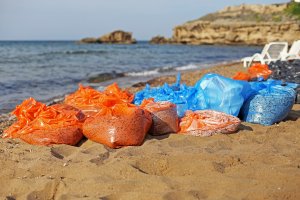
A plastic bag is used on average for 12 minutes. Many plastic bags end up in nature, where they can harm animals. Bring your own shopping bag with you instead, and you’ll save money, too!
Plastic bottles
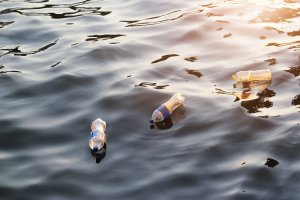
Every year, a billion plastic bottles end up in nature. Carry your own water bottle instead and fill it up in the sink – Denmark has some of the best tap water in the world!
Dishcloths
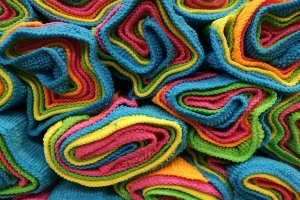
Synthetic dishcloths consist of 20% plastic. Every time you rinse and wring a dishcloth, tiny bits of plastic go down the drain – and most of it ends up in the ocean. Use a cotton dishcloth instead.
Beauty products
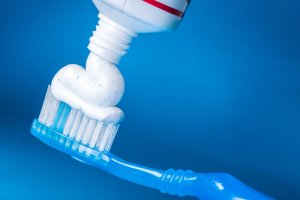
Toothpaste, shower gel and scrubs can contain abrasive plastic beads – one scrub was found to contain 350,000 microbeads! Avoid products containing polyethylene (PE), which is the type of plastic used to make microbeads.
Travelling exhibition across Europe
The exhibition started at the National Aquarium Denmark – Den Blå Planet and is now touring Europe. The exhibition is sponsored by the United States Embassy, the European Union and the United Nations.
Here are a few photos from the different destinations.
National Aquarium Denmark – Den Blå Planet, Copenhagen: 28 October 2016–26 January 2017
Then-Ambassador of the United States Rufus Gifford inaugurated “A sea of plastic” at the National Aquarium Denmark on 28 October together with Henrik Beha from Plastic Change and Dorte Gleie, CEO of the National Aquarium Denmark.
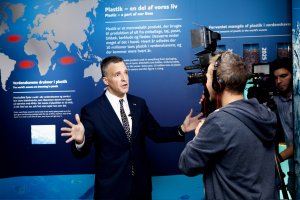
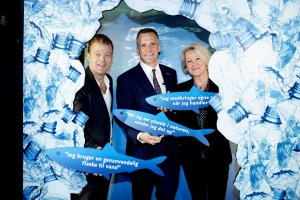

Energy Discovery Centre, Tallinn: 7 March–23 April
The exhibition in Tallinn was inaugurated by, among others, Ambassador of the United States James D. Melville Jr., Rainer Vakra, Chairman of the Environment Committee of the Estonian Parliament, Berit Asmussen from Plastic Change and Marko Pomerants, Estonian Minister of the Environment.
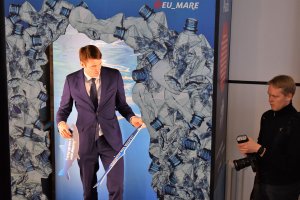
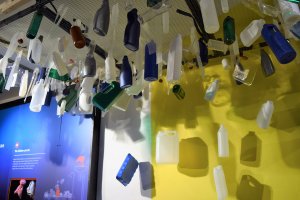
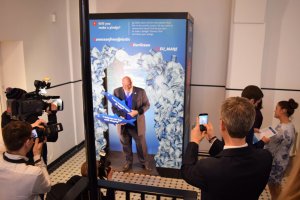

Ciência Viva, Lissabon: 24. juni-7. august 2017
Lisbon is the third stop on the plastic exhibitions European tour. The exhibition was opened by, among others, João Aguiar Machado, European Commission Director-General for Maritime Affairs and Fisheries.
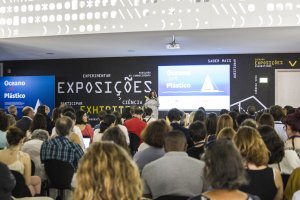
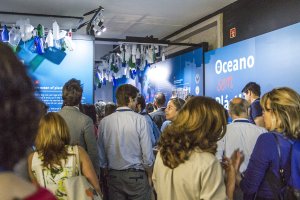
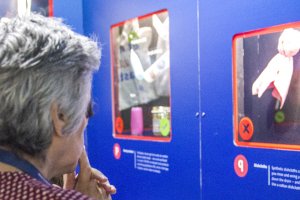
Future destinations
Malta: September–October
Genoa: October–November
The calendar will be updated regularly.
